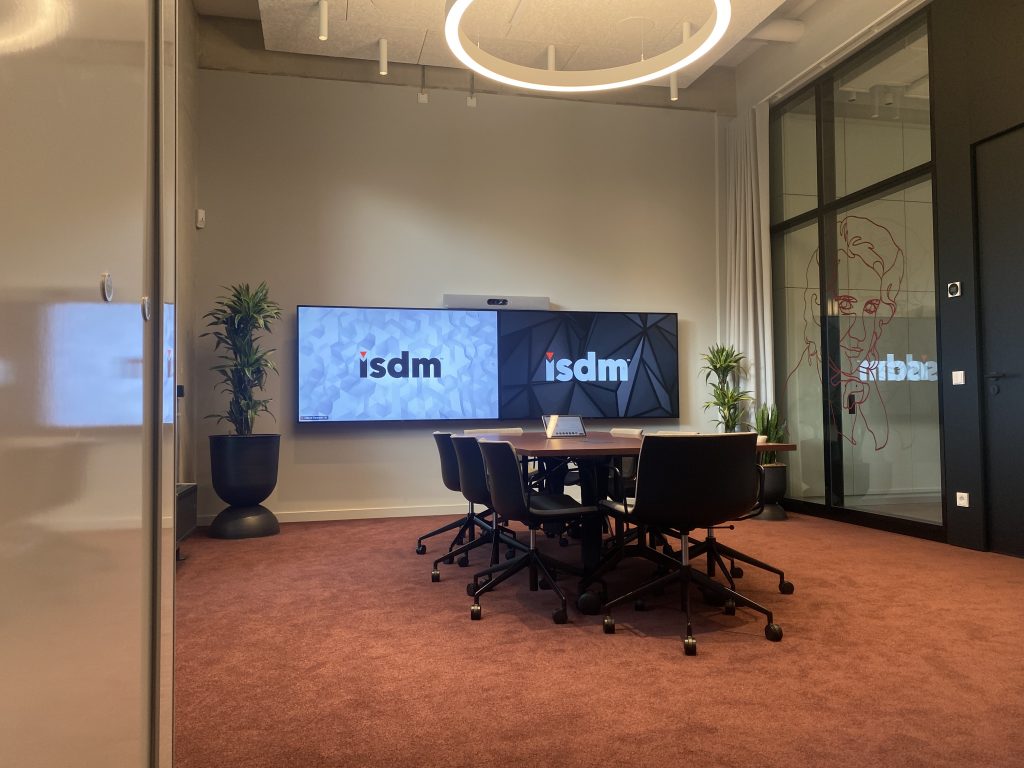What is meeting equality?
Meeting Equality refers to the principle of ensuring that all participants in a meeting have an equal opportunity to contribute and be heard. It means that everyone’s ideas, opinions, and perspectives are valued and respected.
Meeting equality in hybrid and remote working
The rise of hybrid, remote work and virtual meetings has challenged the traditional office hierarchy and highlighted the need for equality between in-office and virtual team members.
In the past, in-office employees had an inherent advantage over remote workers because they were physically present and could easily communicate with colleagues, including office-based members of the C Level team.
However, technological advances have helped level the playing field, making it easier for remote workers to participate in meetings and collaborate with their peers.
Challenges of Equality in Meetings
One of the most significant challenges for remote or hybrid team members is feeling disconnected from the rest of the team. This can lead to feelings of isolation and exclusion, negatively impacting job satisfaction and productivity.
If some employees are unable to access the collaboration solutions and technology needed to participate in meetings, they may feel excluded and disconnected from the rest of the team.

Why is meeting equality important, and how can technology and collaboration solutions help?
Meeting equality is essential to modern work culture, especially in remote and hybrid work environments. Companies can ensure that all employees feel included, engaged, and productive during meetings by providing equal access to meeting room collaboration solutions and technology.
Video conferencing technology and collaboration solutions have made it easier for remote or hybrid workers to participate in meetings and feel more connected to their colleagues. Video conferencing and collaboration solutions allow team members to see and hear each other, which can make communication more effective.

When everyone has equal access to collaboration solutions and technology, they are more likely to feel included and engaged in meetings. This can lead to more productive discussions and better decision-making outcomes. “Collaborative environments help employees learn from each other. Multiple inputs improve problem-solving capabilities and creative thinking, subsequently increasing the organisation’s ability to adapt in a changing market environment. Perhaps most importantly, this creates an engaged workforce where each person feels like a contributing member of a unified team.” Says Kate Vitasek, Forbes

High-quality collaboration solutions can be more inclusive than traditional in-person meetings, which can be challenging to attend due to work schedules or other commitments. Meeting attendance can be improved by offering people the remote option, which negates the need to travel.

Collaborative spaces and technology have made it easier for team members to communicate with each other outside of meetings. Platforms such as Cisco Webex, Microsoft Teams, Google Meet and Zoom mean remote workers can ask questions, share ideas, and receive real-time feedback from their colleagues. These tools also enable team members to form better relationships which are important for effective teamwork.

In conclusion, meeting equality is essential for promoting inclusivity, productivity, and engagement in modern work culture, particularly in remote and hybrid work environments. Technological advancements, such as video conferencing and collaboration solutions, have helped level the playing field for in-office and virtual team members. To achieve this, it is important to incorporate the right technologies through consultation backed by training and adoption workshops to help ensure the implementation of the technology.
Written by Áine McGlynn
April 2023




